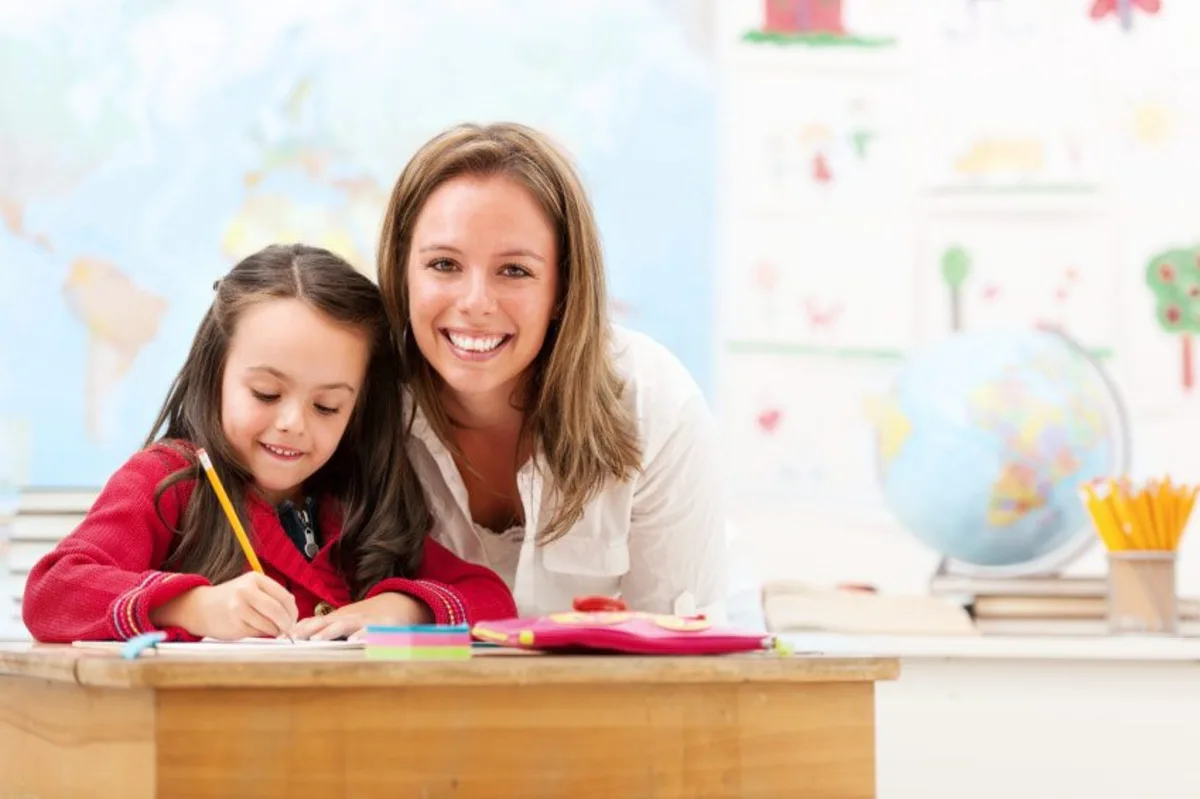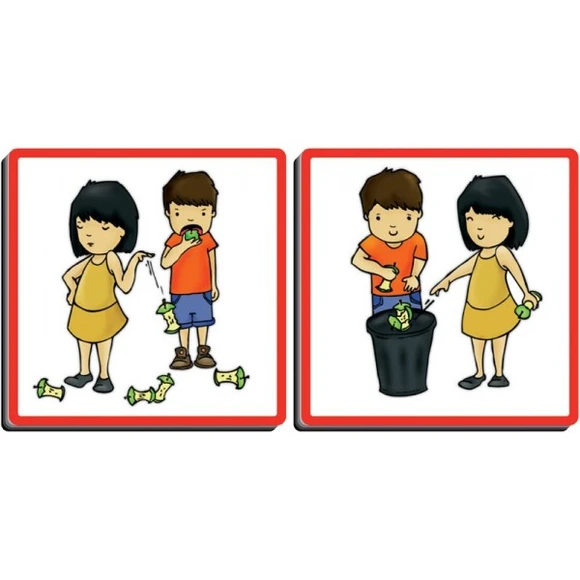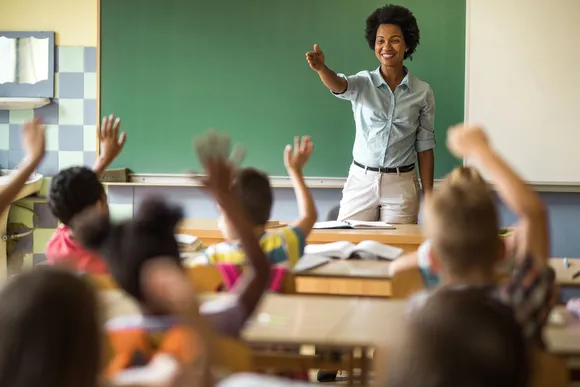
Building a positive student teacher relationship is essential for fostering a productive and supportive learning environment. Such relationships are characterized by mutual respect, trust, and open communication, which can significantly enhance students academic performance and emotional well-being. In this blog, we will explore what a student teacher relationship is, how to build positive relationships, and detail eight effective ways to foster these connections.
What Is a Student Teacher Relationship?
A student teacher relationship refers to the dynamic and interactions between students and their teachers. This relationship is built on mutual respect, trust, and understanding, and it plays a critical role in students academic success and personal development. Positive student teacher relationships create a supportive learning environment where students feel valued, understood, and motivated to learn. These relationships are essential for promoting student engagement, reducing behavioral problems, and enhancing overall school satisfaction.
How to Build Positive Teacher Student Relationships?
Building positive teacher student relationships involves several key practices that teachers can implement consistently. These practices are rooted in empathy, communication, and a genuine interest in students lives and aspirations.
Here are some foundational steps to build these relationships:
- Consistency in Interactions: Regular and predictable interactions help students feel secure and valued.
- Active Listening: Paying close attention to what students say, showing that their opinions and feelings are important.
- Fairness and Respect: Treating all students equitably and with respect.
- Encouragement and Support: Providing positive reinforcement and support for students' efforts and achievements.
8 Ways to Build a Positive Student Teacher Relationship
1. Say Hello and Goodbye Every Single Day

Starting and ending the day with a simple greeting can set a positive tone for your interactions with students. Saying hello in the morning shows students that you are happy to see them and are interested in their presence. Similarly, saying goodbye at the end of the day provides a sense of closure and acknowledgment of their efforts throughout the day. These small gestures can make students feel noticed and appreciated, fostering a sense of belonging and security in the classroom.
2. Call Home for Good Behavior More Often Than Bad

Communication with parents is crucial for reinforcing positive behavior in students. While it's important to inform parents about any concerns, it's equally important to call home to share positive news about their child's behavior or achievements. This practice not only boosts students' self-esteem but also strengthens the partnership between teachers and parents. When students see that their positive actions are being recognized and communicated to their parents, they are more likely to continue displaying good behavior.
3. Care About Your Students

Showing genuine care and concern for your students goes a long way in building a positive relationship. This means taking the time to learn about their interests, strengths, and challenges. When students feel that their teacher cares about them as individuals, they are more likely to feel comfortable, supported, and motivated to do their best. Simple actions like asking about their day, showing empathy during difficult times, and celebrating their successes can make a significant impact.
4. Greet Your Students

Greeting students at the door as they enter the classroom is a powerful way to create a welcoming and inclusive environment. This practice sets a positive tone for the day and helps to establish a routine that students can rely on. A friendly greeting can make students feel valued and acknowledged, which is especially important for those who may not receive such positive interactions elsewhere. Additionally, greeting students provides an opportunity to gauge their mood and address any immediate concerns they may have.
5. Student Letters and Questionnaires
Using student letters and questionnaires is an effective way to learn more about your students and build stronger relationships. At the beginning of the school year, ask students to write a letter about themselves, including their interests, goals, and any concerns they may have. Throughout the year, use questionnaires to gather feedback on your teaching methods and the classroom environment. This information can help you tailor your approach to better meet the needs of your students and show them that their opinions matter.
6. Let Students Inside Your World
Sharing appropriate aspects of your personal life with students can help to humanize you and make you more relatable. When students see you as a real person with interests, hobbies, and experiences, they are more likely to connect with you on a deeper level. This doesn't mean sharing overly personal details, but rather, talking about your favorite books, activities you enjoy, or interesting experiences you've had. This practice can help to build trust and rapport with your students.
7. Believe They Will Do Great Things
Expressing belief in your students' abilities and potential can have a profound impact on their self-confidence and motivation. When you communicate high expectations and express confidence in their capabilities, students are more likely to rise to the challenge and strive for excellence. Regularly acknowledging their efforts and successes, no matter how small, reinforces the message that you believe in their potential to achieve great things.
8. Be Authentic and Have Fun
Being authentic and showing your true self in the classroom can help to build a genuine connection with your students. Let your personality shine through and don't be afraid to show your enthusiasm and passion for teaching. Incorporate fun activities and a sense of humor into your lessons to create a positive and enjoyable learning environment. When students see that you are authentic and genuinely enjoy teaching, they are more likely to engage and participate actively in class.
Conclusion
Building positive student teacher relationships is essential for creating a supportive and effective learning environment. By consistently implementing the strategies outlined in this blog, teachers can foster mutual respect, trust, and open communication with their students. These relationships not only enhance students' academic performance but also contribute to their overall well-being and personal development.
As you strive to build these positive relationships, remember that the effort you put in will pay off in countless ways, both for you and your students. For more tips and strategies on effective teaching practices, be sure to subscribe to our blog and stay updated with our latest posts. If you have any questions or would like to share your experiences, feel free to leave a comment below. Let's work together to create a positive and inspiring learning environment for all students!